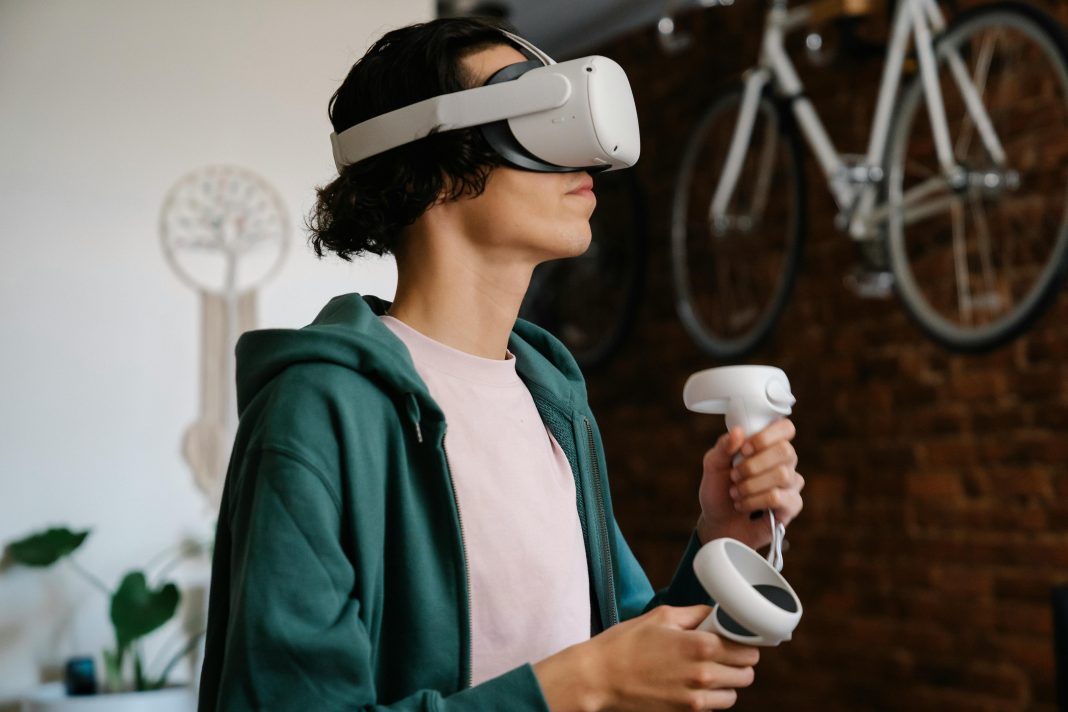In a world where technology continually reshapes our experiences, virtual reality (VR) stands out for its ability to transport users to entirely new realms. In the realm of art and culture, VR technology is revolutionizing how we interact with and appreciate museum collections, making art accessible to a global audience from the comfort of their homes. This article delves into the transformative impact of VR on museums and the broader implications for accessibility, education, and cultural preservation.
The Advent of the Digital Museum
VR Technology in Museums: Innovative VR platforms enable users to explore detailed replicas of world-renowned museums, including the Louvre, the British Museum, and the Smithsonian, without geographical or physical constraints.
Enhanced Accessibility: VR overcomes traditional barriers to museum access, such as travel, physical disability, and admission costs, democratizing access to cultural heritage and art.
Experiencing Art in a New Dimension
Immersive Exhibitions: VR provides an immersive experience that goes beyond static displays, allowing users to interact with artworks and artifacts in three-dimensional space, often accompanied by audio guides or interactive elements.
Beyond Physical Limits: Digital museums can display works that are too fragile for public exhibition, create reconstructions of lost or damaged artifacts, and curate exhibitions that would be impossible in physical space due to size, scope, or logistical constraints.
Educational Opportunities
Interactive Learning: VR in museums offers a dynamic learning environment, engaging users in a way that books or traditional media cannot. It enables interactive experiences, such as virtually handling artifacts or participating in historical events.
Global Classrooms: Educators can integrate VR museum tours into their curriculum, providing students worldwide with unparalleled access to cultural and historical resources.
Cultural Preservation and Archive
Digital Preservation: VR technology aids in the digital preservation of art and artifacts, ensuring that even if the physical object is lost or destroyed, its digital counterpart remains accessible to future generations.
Virtual Restoration: Through VR, museums can offer experiences of artworks or historical sites in their original context or state, providing insights into their historical significance and original beauty.
Challenges and Future Directions
Technological and Financial Barriers: While VR technology is becoming more accessible, the cost of equipment and the need for technical know-how still pose challenges for widespread adoption.
Authenticity and Experience: Some critics argue that virtual experiences cannot fully replicate the emotional and sensory impact of viewing art in person. Museums are exploring hybrid models that combine virtual access with physical visits.
The Future of VR in Museums
The integration of VR in museums is just beginning. Future advancements could include more personalized experiences, social interactions within the virtual space, and the use of augmented reality (AR) to bring museum collections into users’ physical environments.
Conclusion
The digital museum, powered by VR technology, represents a significant leap forward in making art and culture accessible to all. By removing physical and financial barriers, VR has the potential to democratize art appreciation, enhance educational opportunities, and ensure the preservation of cultural heritage for posterity. As technology advances, the line between the virtual and the real continues to blur, offering ever-more enriching and immersive experiences that promise to bring art to the masses in ways previously unimaginable.

